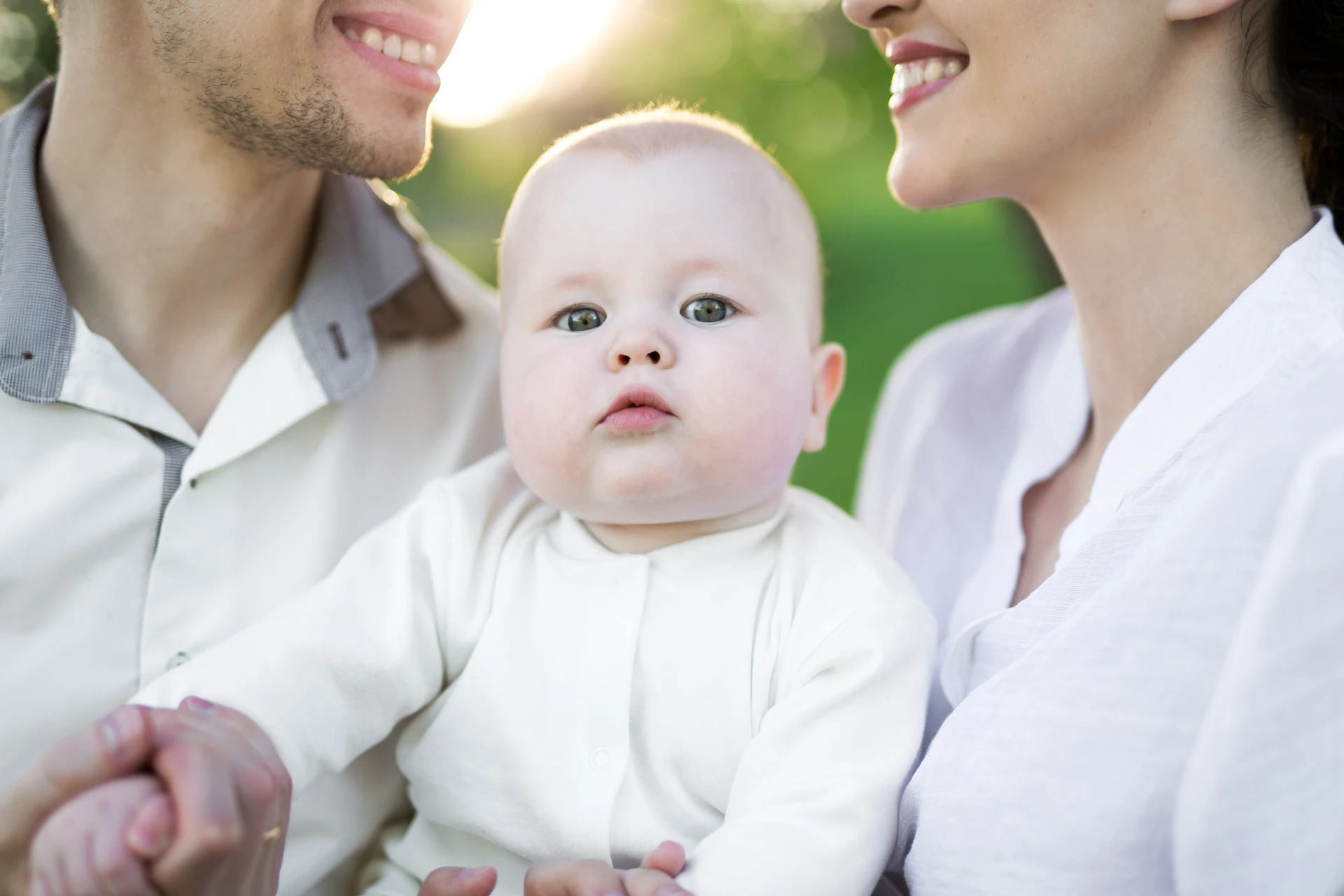Helping Families Maintain Balance Through Life’s Changes
Introduction
Families are ever-evolving systems, often navigating major life transitions that require adaptation and emotional resilience. While these changes—such as moving, divorce, blending families, or sending children off to college—can bring growth, they often result in emotional upheaval. For parents, managing their own emotions while supporting the emotional well-being of their children and teens can be a daunting task.
This whitepaper explores how transitions affect emotional health in families and provides practical, evidence-based strategies to support parents, children, and teens through these challenges. Families can survive transitions and thrive together by focusing on emotional well-being, forming deeper bonds and more assertive communication.
Emotional Reactions to Family Transitions
Every family member experiences transition differently. Emotional responses often depend on age, stage of development, personality, and previous experiences with change. Understanding these diverse reactions is the first step toward supporting emotional well-being for everyone involved.
Common Emotional Reactions Across Age Groups
- Children (Ages 3-11):
- Young children thrive on routine and predictability. Significant changes might leave them feeling confused, insecure, or fearful.
- Common reactions include clinginess, regression (e.g., bedwetting, tantrums), and acting out.
- Older children may internalise emotions, leading to sadness or withdrawal, or lash out in response to disrupted stability.
- Teens (Ages 12-18):
- Adolescents are in a critical time of self-discovery and independence. Transitions can feel like an unwelcome disruption to their social life or developing identity.
- Teens may express anger, frustration, or anxiety, or they may isolate themselves to regain a sense of control.
- Major transitions can sometimes lead teens to question their family relationships and role within the household.
- Parents and Caregivers:
- Parents balancing their emotions while supporting their children may feel overwhelmed, burnt out, or preoccupied with guilt about how the transition affects their family.
- Emotionally vulnerable parents may unintentionally suppress their feelings or avoid difficult conversations to maintain “normalcy.”
- Single parents or caregivers in complex family systems—such as blended families—may feel additional stress trying to address the unique needs of each family member.
Psychological Theories on Emotional Adjustment
Several psychological theories offer insight into how individuals and families process transitions and change:
1. The Kubler-Ross Change Curve
Originally designed to model grief, this curve also applies to emotional shifts during life transitions:
- Denial: Initial resistance to the change.
- Anger: Frustration at perceived loss of stability or control.
- Bargaining: Attempts to regain control or return to the “way things were.”
- Depression: Emotional adjustment, feelings of sadness or loss.
- Acceptance: Integration of the transition into one’s life and identity.
2. Family Systems Theory
Family systems are interconnected, meaning a change affecting one person inevitably affects others. The emotional well-being of children, teens, and parents within this system depends on balance and communication. If one member struggles significantly, the rest of the system may absorb some emotional distress.
3. Erik Erikson’s Stages of Psychosocial Development
Erikson’s framework reminds us that how individuals react to a transition often depends on their developmental stage:
- For children: Developing a sense of trust, autonomy, and initiative.
- For teens: Grappling with identity and independence.
- For adults: Balancing a sense of generativity (caring for others) with personal challenges.
By understanding where each family member stands developmentally, parents can respond with greater empathy and better-tailored solutions.
Practical Tips for Supporting Emotional Well-Being
1. Normalize and Validate Emotions
- Acknowledge emotional responses as normal reactions to change. Teach children and teens that feeling scared, sad, or angry is okay.
- Avoid dismissing emotions or rushing to solve problems. Use phrases like, “I understand this is hard for you,” or “It’s okay to feel confused or upset right now.”
2. Maintain Routine and Stability
- While transitions bring change, maintaining consistent routines (e.g., bedtimes, meals, family rituals) can offer children and teens safety and predictability.
- Create opportunities for fun and relaxation (e.g., movie nights and family meals) to balance the stress of change.
3. Foster Open Communication
- Encourage family members to talk about their feelings.
- Use age-appropriate language. For younger children, use concrete explanations (e.g., “We’re moving to a house with new neighbours”). For teens, provide room for them to voice their concerns.
- Model vulnerability by constructively sharing your own feelings, such as, “I’m feeling nervous too, but I know we’ll work through this together.”
4. Teach Emotional Regulation Skills
- Introduce children and teens to calming strategies, such as deep breathing, journaling, or mindfulness exercises.
- Help them name their emotions (e.g., “You seem frustrated. Is that how you are feeling?”). Naming emotions can reduce their intensity and foster greater self-regulation.
5. Involve Children and Teens in the Process
- Allow kids and teens some control over aspects of the transition, which can help reduce feelings of uncertainty. For example:
- Letting them decorate their new room after a move.
- Encouraging teens to choose activities to stay connected to old friends.
6. Show Consistent Support and Reassurance
- Offer physical affection, such as hugs or sitting close during times of uncertainty.
- Emphasize that family members are a team, working together to navigate transitions.
7. Encourage Social Connections
- Ensure children and teens maintain friendships, even during significant changes. These connections can function as emotional stabilisers.
- Co-create opportunities for family bonding with shared activities, like outdoor adventures or creative projects.
When to Seek Professional Support
Sometimes, family transitions can overwhelm personal resources, leading to prolonged emotional distress. Professional support from a family therapist or counsellor can:
- Help families process complex emotions in a neutral and supportive environment.
- Provide specialised strategies for addressing specific challenges like divorce, grief, or relocation.
- Offer individual counselling for children or teens needing additional guidance adapting to changes.
Signs that therapy may be beneficial include:
- Persistent anxiety, depression, or difficulty adjusting among family members.
- Repeated arguments or conflicts that are not resolved.
- Withdrawal, anger, or sudden changes in behaviour among children or teens.
Conclusion
Transitions are inevitable, but they do not have to strain family connections. Families can navigate changes with resilience, understanding, and growth by focusing on emotional well-being, maintaining an open dialogue, and seeking professional support when needed.
If your family is experiencing a life transition and needs extra support, our skilled therapists are here to guide you. We tailor our approach to help individuals and families manage emotions, maintain relationships, and thrive during challenges.
This whitepaper is designed to help you better understand and promote emotional well-being in your family. For additional resources or to schedule a consultation, visit Pinnacle Living









